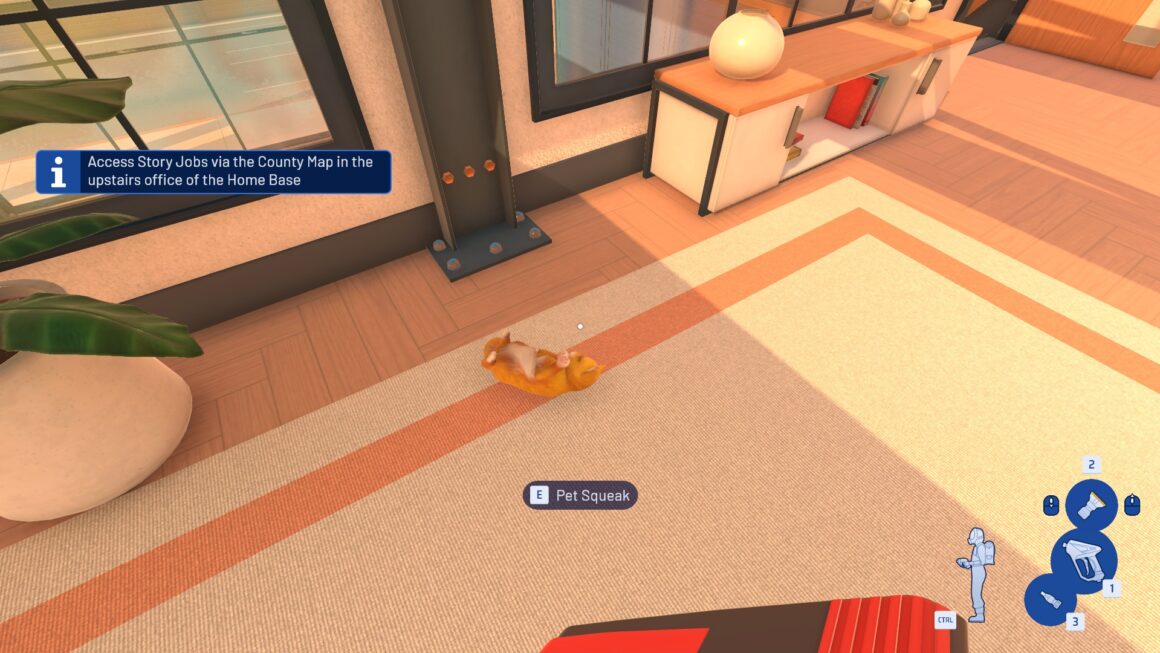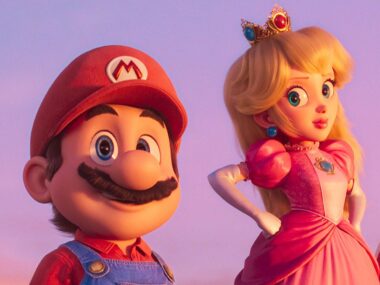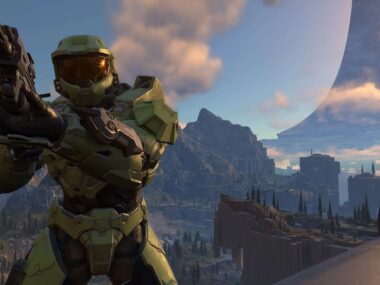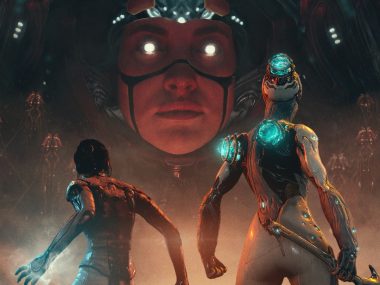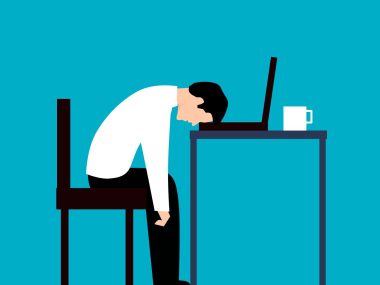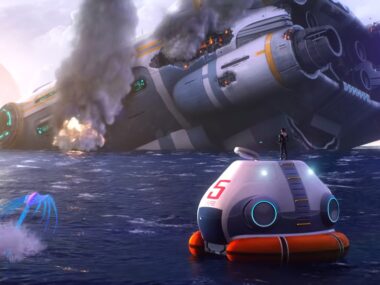From Relaxing Business to Pixel Frustration
PowerWash Simulator started simple: you ran a power washing business and cleaned things. That was the whole loop. Cars, playgrounds, houses, even a Mars rover. Scrubbed clean one nozzle spray at a time. FuturLab gave players career mode jobs, a progression system, co-op play, and DLCs like SpongeBob that broke away from Muckingham’s dusty world.
For me, the beginning was fun. Cleaning felt relaxing. Then came the maps where a single stubborn pixel kept me from finishing the job. The game included a dirt-finder tool to highlight leftover grime, but its orange glow blended in with so many orange surfaces that finding the last bit of dirt turned into pixel hunting instead of cleaning. That was when the shine started to fade.
A Sequel Nobody Expected
When FuturLab announced PowerWash Simulator 2, I didn’t get it. The first game was popular, still receiving free content updates, and had plenty of DLC. From a player’s standpoint, why buy a sequel? From a developer’s standpoint, what couldn’t they add to the original?
The answer turned out to be business. The first game was published by Square Enix Collective. The sequel is self-published. That means FuturLab keeps the profits and has full creative control. On paper, that’s a smart move. The consumer in me still asks: is that enough reason to start over with a brand-new game?
The Demo: Mixed First Impressions
In September 2025, FuturLab released a demo for PowerWash Simulator 2. It didn’t click with me. The cleaning felt less satisfying, and the big new feature, a customizable office where players can decorate and collect furniture, wasn’t for me. Decorating a virtual space after scrubbing down objects just didn’t scratch the same itch.
There were positives. The office includes cats you can pet, which is always a win. The visuals are sharper, the soap system has been revamped, and the sequel promises better dirt detection and more equipment variety. For now, the demo didn’t inspire me to open my wallet. I’m not alone. Most players who tried it have expressed similar frustrations.
The Polished Sequel Problem
A buggy demo is not the end of the world, but it raises questions. The sequel is supposed to build on community feedback, yet players are asking why ladders still can’t be placed on the ground, why the game feels locked at 60fps, and why controller users are struggling with basic controls.
The bigger issue is this: the sequel is competing directly with the first game. When you already have a polished product, a sequel has to feel like an upgrade from the start. Otherwise, why would players pay again, knowing they’ll have to re-purchase DLCs and updates along the way?
Early access games face this same problem. If the early version feels worse than the original, it’s hard to justify sticking around for the “eventual” improvements.
What PowerWash Simulator 2 Needs to Prove
FuturLab has set themselves a high bar. The first game was unexpectedly relaxing and fun. The second game has to clear that same bar and then some. Otherwise, players will stick with the original.
The takeaway is simple: if you’re going to release a sequel, it has to be better. Not eventually, but on day one. Until PowerWash Simulator 2 shows me something truly fresh and satisfying, I’ll keep watching from the sidelines. For the sake of the players who are excited, I hope the full release in 2025 delivers.
